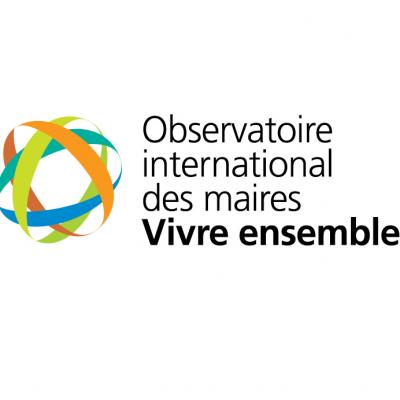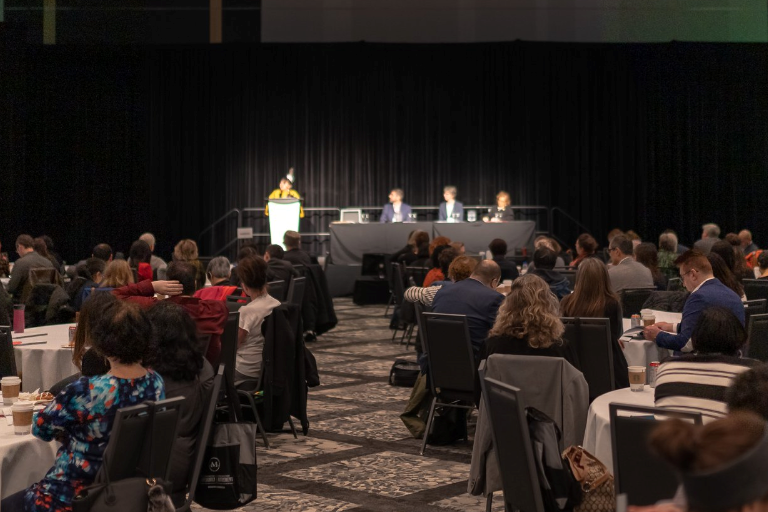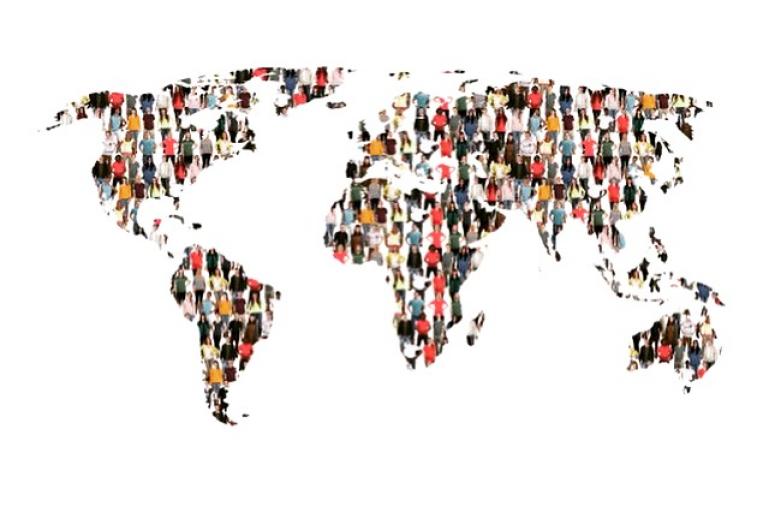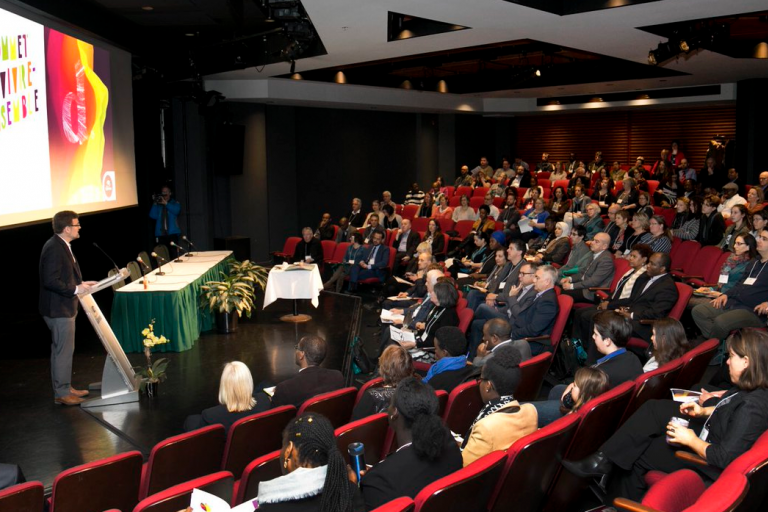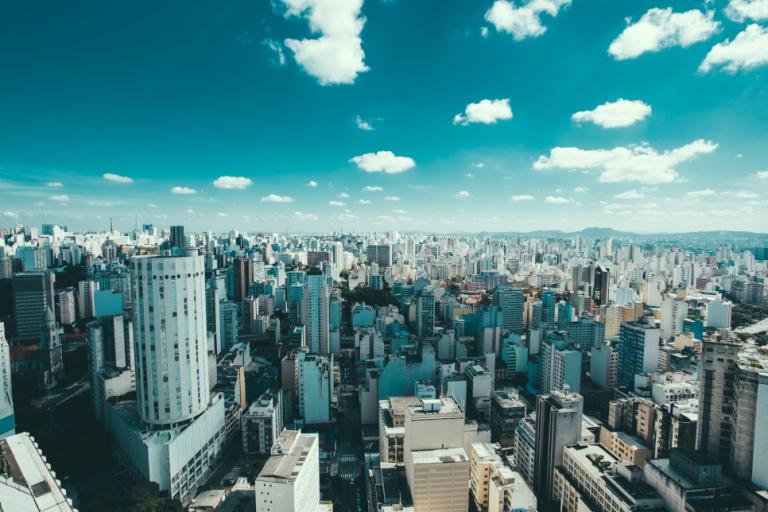
Migration: Cities on the frontline
Inclusion of migrants in the cities is a complex phenomena. It is an ongoing process and needs to be adapted to different contexts. By the way, there is a strong correlation between proper integration of the immigrants into a society and the positive effects that they bring through their participation in the host society.
The report Migrant’s Inclusion in Cities - Innovative Urban Policies and Practices illustrates 10 aspects of inclusion that are complementary and that contribute to a complete integration. The 10 aspects of inclusion are: economic inclusion, inclusion through housing, through education, through public health, through access to public spaces, through gender awareness, through cultural expression, through social rights, through political participation and through civic participation.
Within the context of the International Observatory of Mayors on Living Together, several cities identified initiatives that are related to immigration and the inclusion of newcomers. Those cities are Düsseldorf, Halifax, Johannesburg and Québec City (a thematic paper on the Montréal’s Bureau for the Integration of Newcomers is being currently undertaken). Since the context in which they are situated is noticeably different - in particular because of their geographic situation - their initiative aims at distinct achievements.
For instance, the city of Düsseldorf and Québec City, through their Round Table for Refugees in Düsseldorf and Québec City, a city for me initiatives have brought together key stakeholders (e.g.: health, social services, schools, etc.) to identify the real needs of the immigrant populations, and help them with the process of getting settled and integrated. The intersectorial collaboration is common to both initiatives, but the intervention objectives are different, because they are specifically designed to answer the needs of the city within the actual migration context.
The Round Table for Refugees in Düsseldorf has been created as an immediate response to the growing influx of refugees and asylum seekers coming to the city, as they imperatively needed to find solutions for the housing shortage problem the city was facing. In comparison, the city of Quebec had a much smaller number of newcomers, so with their initiative Québec City, a city for me, they could focus on more aspects of inclusion, in particular inclusion through education, through health and the economic inclusion, which are a lower priority in the current context of many European cities.
Halifax, through the initiative Welcomed in Halifax, aims to facilitate the settlement of newcomers through economic inclusion, and through accessibility to public space, by providing the newcomers with free access to public transportation and municipal recreational programs.
In the case of the city of Johannesburg, its initiative titled Measures to Counter Xenophobia consist of a series of actions to foster social cohesion that cover diverse aspects of inclusion, including education, cultural expression, civic participation and inclusion through social rights, primarly through the Migrant Help Desk, that centralizes assistance for newcomers.
Researches show that migration is expected to increase, and since immigrants have an enormous potential to contribute to society, inclusion policies are not a luxury but a necessity. The projects have the specificity of being adapted to the city where they are deployed, increasing the effectiveness of the initiative. However this can complexify the transfer of a project to another city. It is still feasible, with a similar context, a detailed analysis of the needs of the city and of the newcomers and flexibility.
